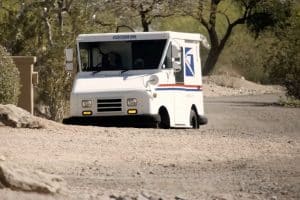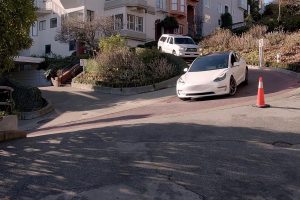Key Points
- 🚀 Tesla’s Powerwall fleet in Europe has reached 1 Gigawatt-hour (GWh) of energy storage.
- 💡 This amount of energy can power approximately 41,000 households for 12 hours.
- 💻 Tesla’s Powerwall systems are used in conjunction with solar panels to store and distribute solar-generated power.
- 💡 Homeowners with Powerwall systems can create distributed batteries that can be sold back to the grid during peak demand or used during outages.
- 🔌 Tesla has implemented Virtual Power Plant (VPP) programs in the U.S., Australia, and Japan to enhance grid stability and support the transition to green electricity.
- 🌱 The success of Tesla’s Powerwall deployment in Europe is expected to lead to the expansion of similar VPP projects across the continent.
Tesla has surpassed an important milestone regarding Powerwall deployment in Europe, as announced by the U.S. company this week.
On Wednesday, Tesla announced on X that its Powerwall fleet in Europe has surpassed 1 Gigawatt-hour (GWh), which the company says is enough energy storage to power roughly 41,000 households for 12 hours. The news comes as the latest milestone in Tesla’s continued deployment of energy storage equipment in Europe, North America and elsewhere.
Tesla’s Powerwall systems are used alongside solar panels to store power generated from the sun. That energy can then be used to power user households, charge their electric vehicles (EVs), or be sent back to the electrical grid.
As Tesla has demonstrated in previous uses of its Powerwall systems, groups of homeowners with the hardware can essentially create large, distributed batteries, the power from which can then be sold back to the grid during peak demand or saved to be used during outages.
The distributed battery concept is apparent in Tesla’s Virtual Power Plant (VPP) programs, which have now been piloted in the U.S. in California, Texas, Massachusetts and most recently, the U.S. territory of Puerto Rico. Similar pilots have also been deployed outside of the U.S. in Australia and Japan.
In April, German utility operator TransnetBW announced some results from a pilot program using Tesla’s Powerwalls to test added grid flexibility, with the company’s CFO Dr. Rainer Pflaum saying that the technology could “contribute reliably to grid stability and thus support the transition to 100 percent green electricity in the grid.”
The so-called “PV-Shift” project oversaw the installation of Tesla’s Powerwalls, and results from the pilot note high potential savings by adding flexibility to the electrical grid and the company has encouraged the government to begin creating regulations to help deploy the technology.
“It is now of central importance to take the legal-regulatory decisions to quickly leverage the proven potential,” Dr. Pflaum added.
With Tesla’s milestone of surpassing 1 GWh in its Powerwall fleet in Europe, the infrastructure is already in place and expanding to offer similar VPP pilots across the continent. Tesla hasn’t formally shared plans to debut such a project, but with other VPPs thriving in recent pilots, it’s likely only a matter of time.





